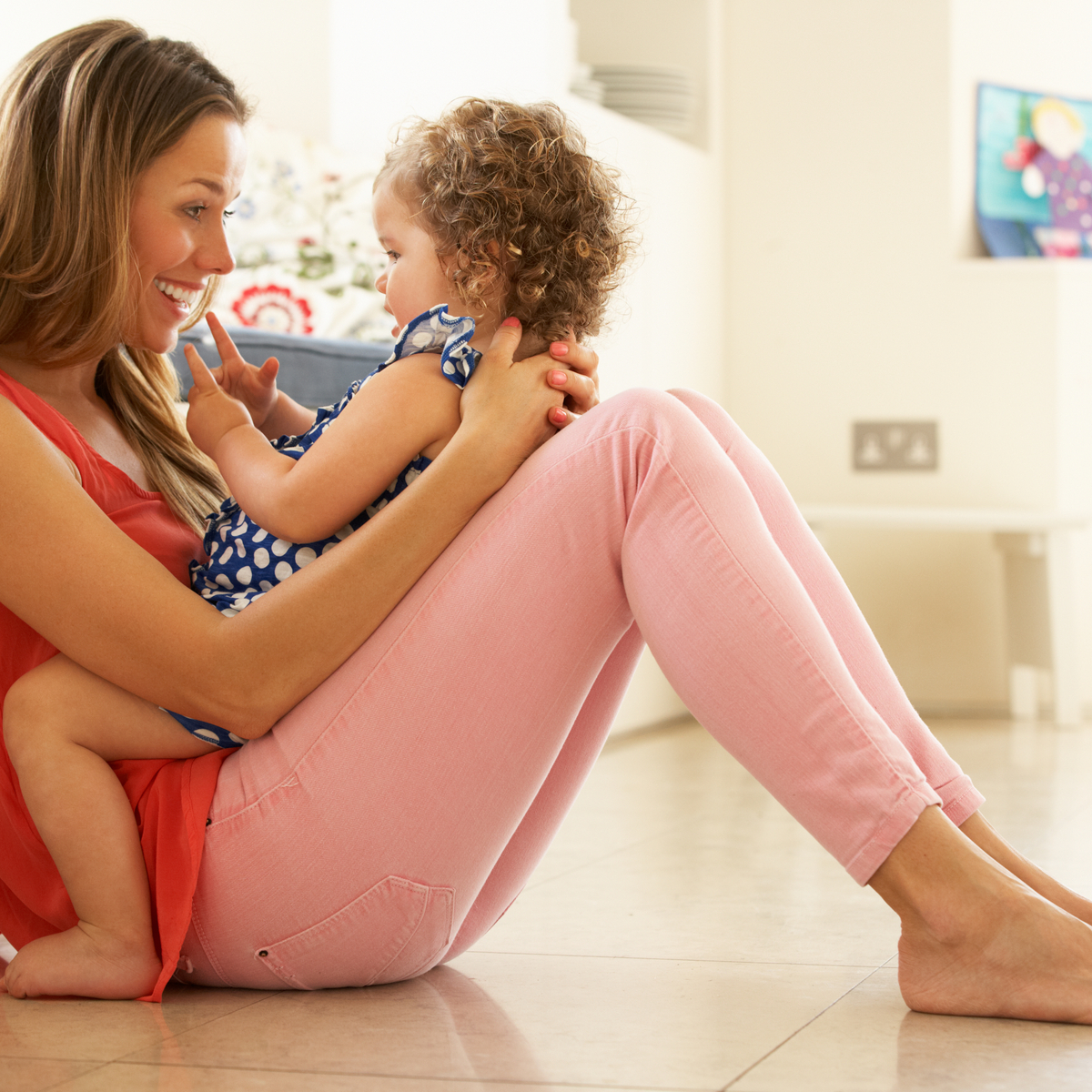The Child’s First Developmental Stage Trust versus Mistrust
In working with children one of the areas that we assess is the child’s attachment to his/her parents. This is the child’s primary stage of development from which all other stages will build. This attachment stage actually influences the child’s physical, cognitive, neurological and psychological development. It becomes the basis for development of basic trust versus mistrust and shapes how the child will relate to the world, learn, and form relationships throughout life. It is the stage where the child forms a conscience. It sets up the hard wiring in the brain for the future. Without this stage being successfully completed, children will struggle with the inability to trust others, which can lead to severe consequences for the future of this child. Therefore, it is important that we continue educating parents about the need for successful attachment between the parent and baby. What does attachment look like?
Attachment is the cycle of helplessness and need followed by rescue and love from a person in control. It is an emotional experience of feeling close and trusting through a reciprocal process by which an emotional connection develops between baby and the primary caretaker. It is also a physiological experience in the brain. “The baby “falls in love” with first his mother and then with other significant people in his life.” (Attach Conference, 2004). You will see things such as the mom cooing and then the baby cooing back, baby smiling and mom smiling back. There is gratification in the reciprocity that begins at birth and moves through with the primary time for this development beginning between 1-3 years of age.
How does healthy attachment occur? It occurs when the infant experiences a primary caretaker as consistently providing emotional essentials such as touch, movement, eye contact, and smiles, in addition to the basic necessities – food, shelter, and clothing. The infant experiences a need. Infant cries. This alerts the parent that the infant is uncomfortable. This state of anxiety in the infant releases cortisol in the baby’s system. The adult caretaker responds consistently with warm fluids (food), movement (rocking, cuddling), skin contact (tender touch), reciprocal smiling with eye contact. The caretaker soothes the infant giving him/her relief at which time serotonin is released into the infant’s system. This pattern then becomes biologically wired into the infant’s brain and trust is developed. The brain becomes hard-wired for the future, creating the necessary pathways for future development.
Foster Cline (Hope for High Risk and Rage Filled Children) called this the soul cycle, as it is a result of a sequence of events that develops our positive internal working model. When things don’t go well in the soul cycle, the rage becomes trapped inside. Children with a healthy attachment develop beliefs (the child’s cognitive development) that if they need something, they will get helped. This is the stage when children also begin to develop their self-worth. If someone helps me, it means that someone cares, “I am worth it.”
Research is out that shows that experiences during the early years help shape the way a child will learn, think, and behave for the rest of his/her life. It is now known that the young child’s relationships with those who care for her determine whether the brain is hard-wired appropriately for the future. Experts are telling us that being responsive to a child’s needs is one of the most important messages from the new facts on brain research. We are also finding that on the time scale to brain development, the first year is one of the most important years.
In the next newsletter we will talk about what healthy attachment behaviors look like versus behaviors from a child with some attachment disruption.
Tags:
between 0-3 years development',
first developmental stage,
health attachment,
trust versus mistrust

